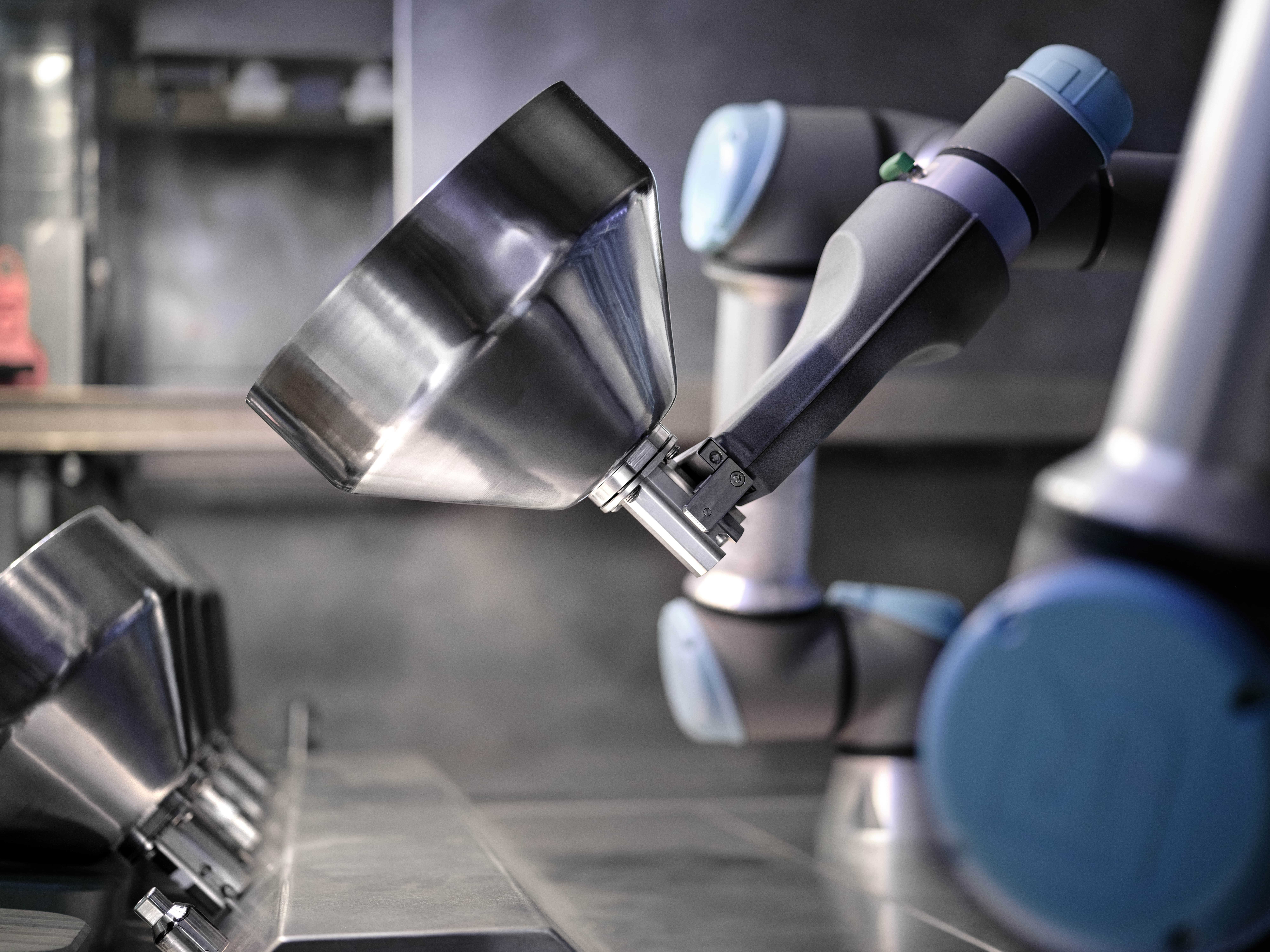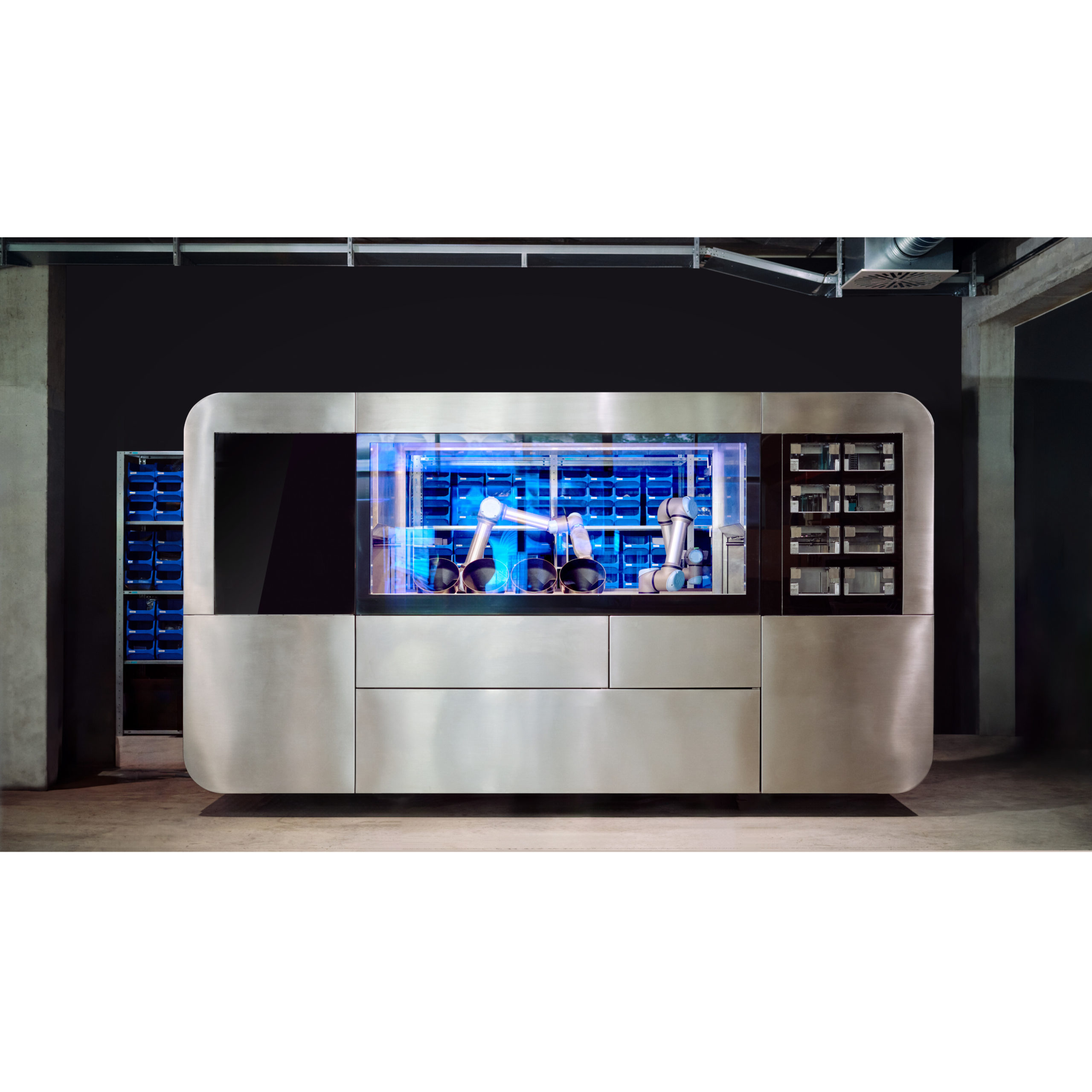In recent years, the integration of robotics and artificial intelligence (AI) into various industries has been nothing short of transformative. One sector where this technological revolution is particularly promising is food service, an giantic global industry that is estimated to be worth over $3 trillion annually. With the rise of automation and the demand for efficiency, companies operating in this space stand at the forefront of innovation. Circus SE (XETRA:CA1), a listed German AI robotics company is emerging as a potential frontrunner, drawing comparisons to the tech giant Nvidia (NASDAQ:NVDA). Here’s why.
Nvidia started as a fabless semiconductor firm designing graphics accelerator chips for PCs. Its founders spotted early that generating 3D graphics in video games — then a fast-growing market — placed highly repetitive, math-intensive demands on PC central processing units (CPUs). They realized that those calculations could be performed more rapidly in parallel by a dedicated chip rather than in series by the CPU, an insight that led to the creation of the first Nvidia GeForce graphic cards.
Over the years, other uses for the parallel-processing capabilities of Nvidia’s graphical processing units (GPUs) emerged, solving problems with a similar matrix arithmetic structure to 3D-graphics modelling. One of the biggest drivers of demand for Nvidia’s chips in recent years has been AI, or, more specifically, the need to perform trillions of repetitive calculations to train machine learning (ML) models.
Just as Nvidia in the chip industry, Circus has early identified that the food service industry is ripe for disruption as well. In its first years since inception, Circus has developed an autonomous artificial intelligence-driven robot that is able to do 2 billion different dishes on a 8 square meter footprint. With this disruptive approach and no humans involved, high-quality dishes can be offered up to 70 percent cheaper than the competition at a margin of astonishing 50 percent.

Like Nvidia, Circus boasts visionary leadership and a strategic direction that aligns with the future of the food-service sector. By harnessing the power of AI and robotics, they’re not just providing solutions for current needs but are anticipating and shaping the future landscape. Their commitment to innovation and staying ahead of the curve echoes Nvidia’s journey to becoming a leader in the graphics processing unit (GPU) market.
The opportunity ahead for Circus is overwhelming: More than 15.000.000 conventional restaurants operate worldwide. As of today, none of them use an AI robotic approach. For its patented robot, Circus has identified 50.000 initial locations, including embedded robotic solutions in Universities, Airports, Train Stations and Hospitals. With an annual net revenue potential of 1,7 to 2 million euros per robot, this tiny initial fragment of the total market could already account for 85 to 100 billion euros in revenue annually at a 50 percent margin.
Just as Nvidia revolutionized the gaming and computer graphics industry, Circus is poised to do the same in food service. With a growing portfolio of robotics solutions tailored specifically for the sector, they are about to penetrate the market. Their products offer unprecedented levels of efficiency, precision, and scalability, making them attractive options for businesses looking to streamline their operations. As the demand for automation in food service continues to rise, Circus stands to experience exponential growth, much like Nvidia did in its early days.
Though the market for AI robotics is still in its infancy, it saw initial movement earlier this week with the biggest name in tech making a sizable investment in Figure AI, a startup building autonomous artificial intelligence-driven robots for commercial applications. The early-stage startup raised about $675 million in a funding round that carries a pre-money valuation of roughly $2 billion. Major US tech companies like OpenAI, Microsoft (NASDAQ:MSFT) and Amazon’s Jeff Bezos through his firm Explore Investments LLC joined that round.
With the market for AI robotics gaining the initial attention of US investors, the parallels between Circus and NVIDIA become even more striking. With visionary leadership, strategic direction, market penetration, partnerships, technological innovation, and a commitment to sustainability, they have all the ingredients to become the next NVIDIA in the food-service sector. As they continue to disrupt and reshape the industry, investors and stakeholders would be wise to keep a close eye on their journey.



